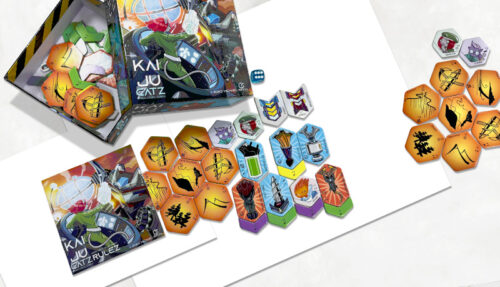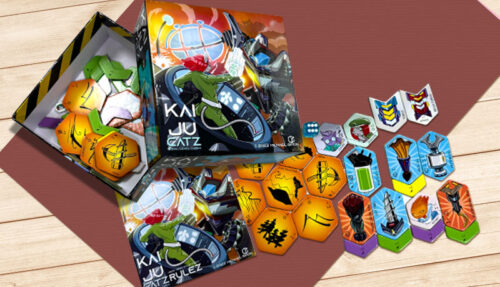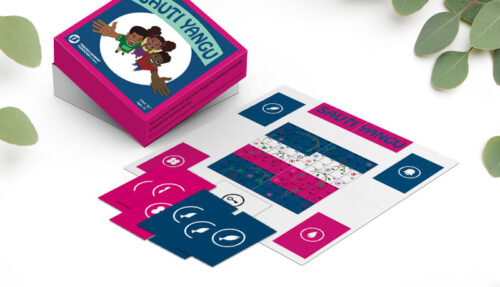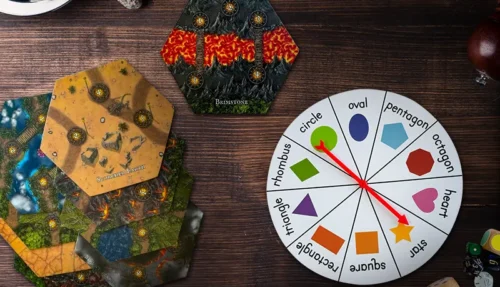Modern board game designers take part in a long history that goes back many thousands of years. People have been playing board games all over the world throughout the centuries. But what was the oldest board game ever produced? Here's the answer
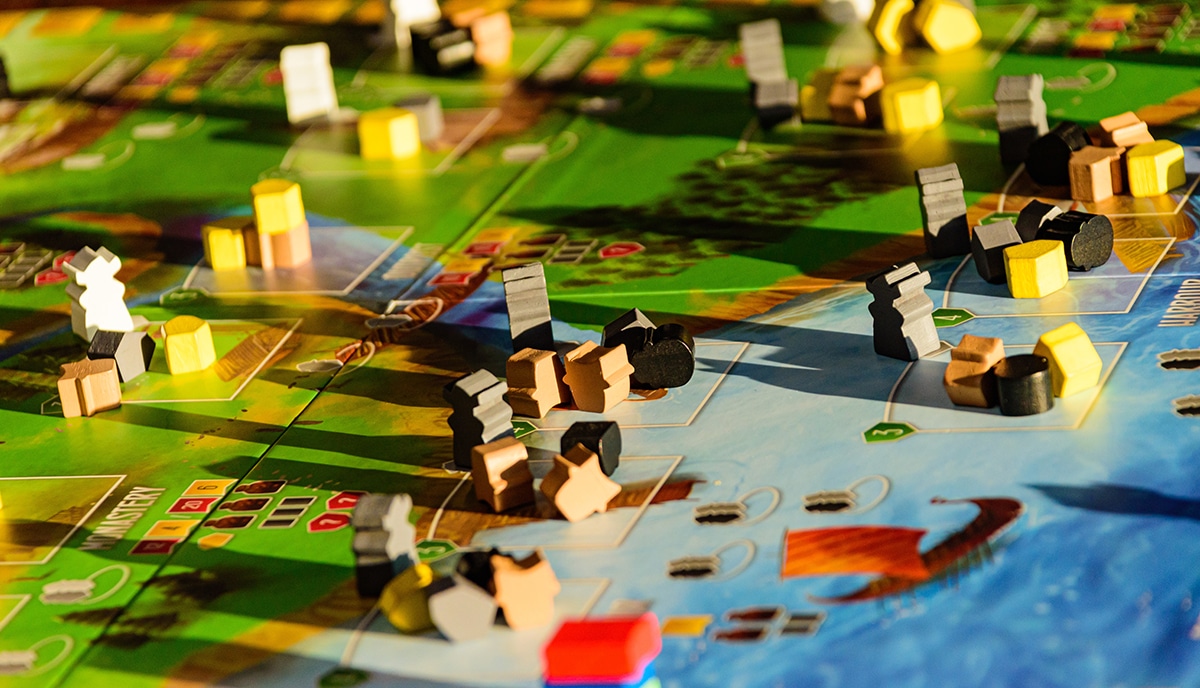
The Royal Game of Ur
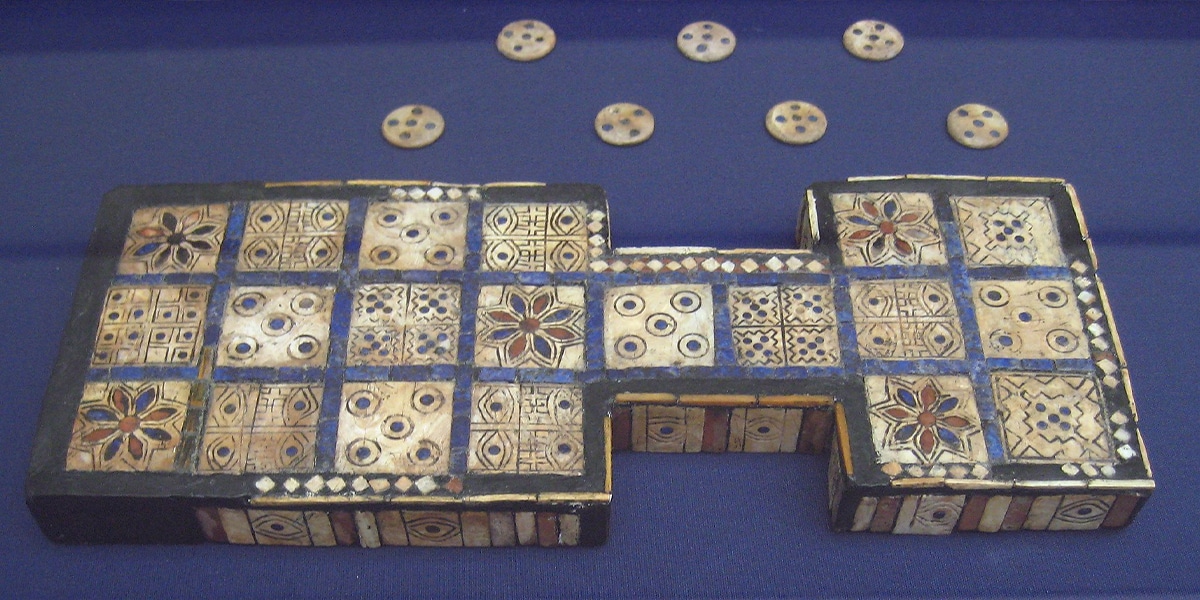
Nobody really knows which was the oldest board game ever produced, although several images inscribed on stones and papyri from the ancient world suggest that board games have been played since the dawn of human civilization. However, the earliest board game ever discovered which is still sufficiently intact to be played — and even comes with a set of rules written on a clay tablet in cuneiform script by an ancient Babylonian astronomer way back in 177 BC — is known as “The Royal Game of Ur“. It’s a relatively simple game in which two players try to get all the pieces from one end of the board to the other before their opponent. Some scholars have suggested that the game had a dual function, not only as a past time but also as a tool for divination or fortune-telling. Archaeologists suggest that the game is almost 5000 years old.
The Lewis Chess Men
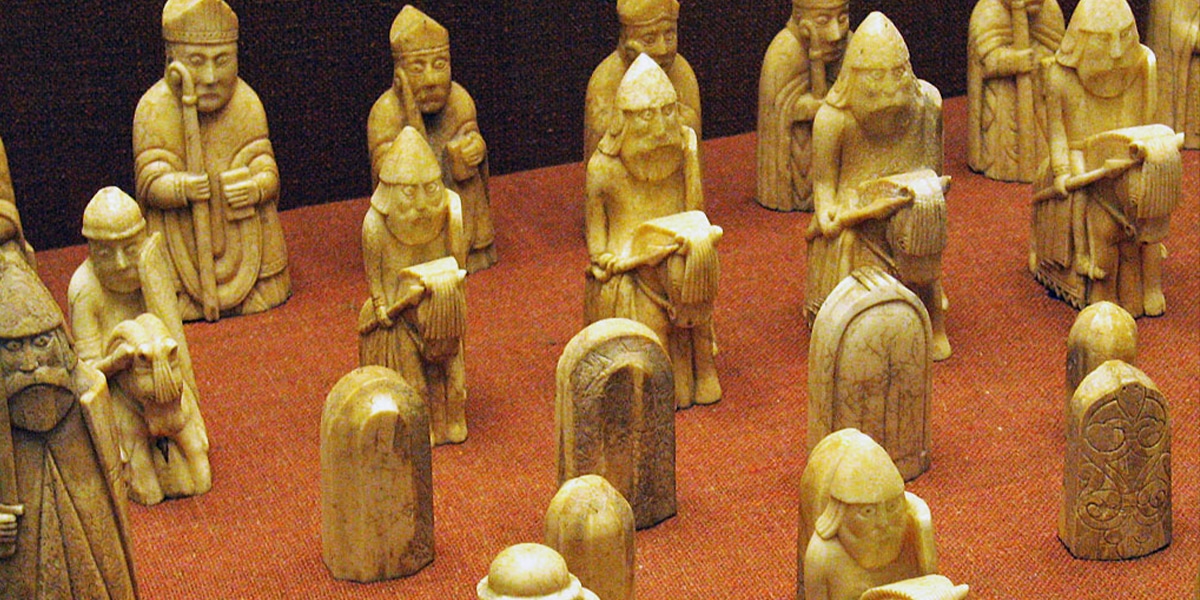
Made from walrus tusks and whales’ teeth, the so-called “Lewis Chess Men” are intricately carved figurines which were discovered in the middle of the 19th century on the island of Lewis off the coast of Scotland in the UK. While chess may be among the oldest board games in the world, these chess men date back only to the 12th century. The interesting thing is that they were clearly manufactured in Scandinavia and archaeologists suggest, based on the location and positioning of the figures as they were found, that they were deliberately concealed or hidden away. Quite why anyone would want to hide chess pieces, no one knows. Perhaps it will always remain a mystery.
Senet
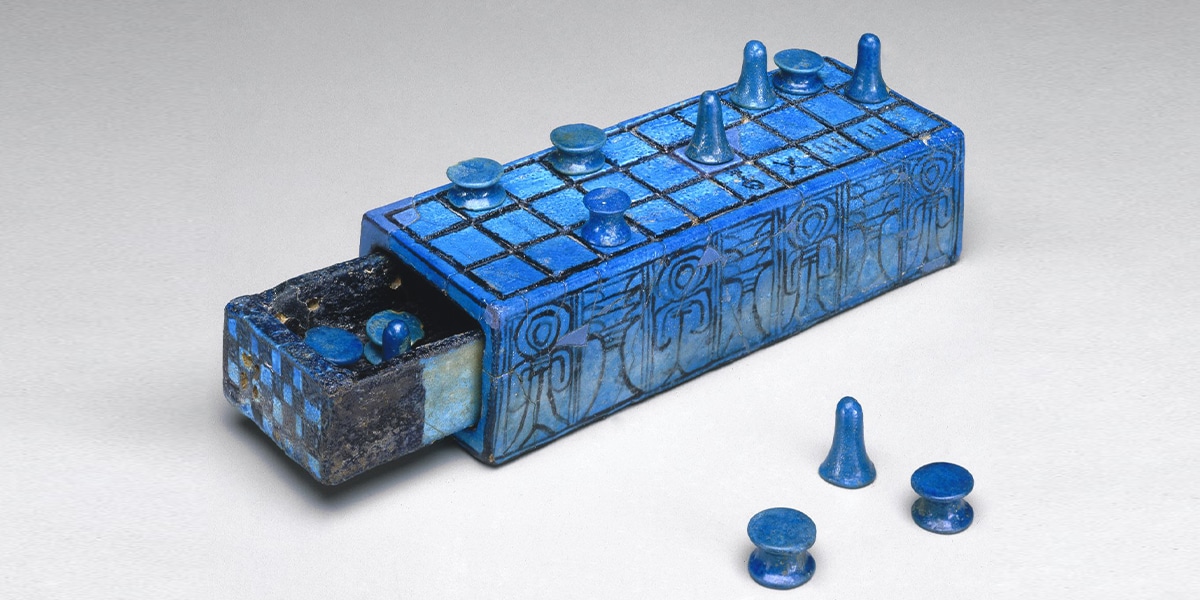
Dating back to 3100 years BC, the game of Senet is said to have been a great favorite of the famous Pharaoh, Tutankhamun and the ancient Egyptian Queen, Neffatari. It’s certainly one of the earliest board games ever produced. The board itself is composed of 30 squares organized in three consecutive rows of 10 squares each. As with the Royal Game of Ur, the primary objective was for the players to get all their pieces from one end of the board to the next before their opponent could do so. Moves were determined not by dice, but by throwing sticks and bones, the numbers were most probably indicated by the directions in which they fell and whether they crossed over one another. Several of these game boards have been discovered, some made of wood, others of ivory, some relatively plain, others highly decorated.
Mahjong
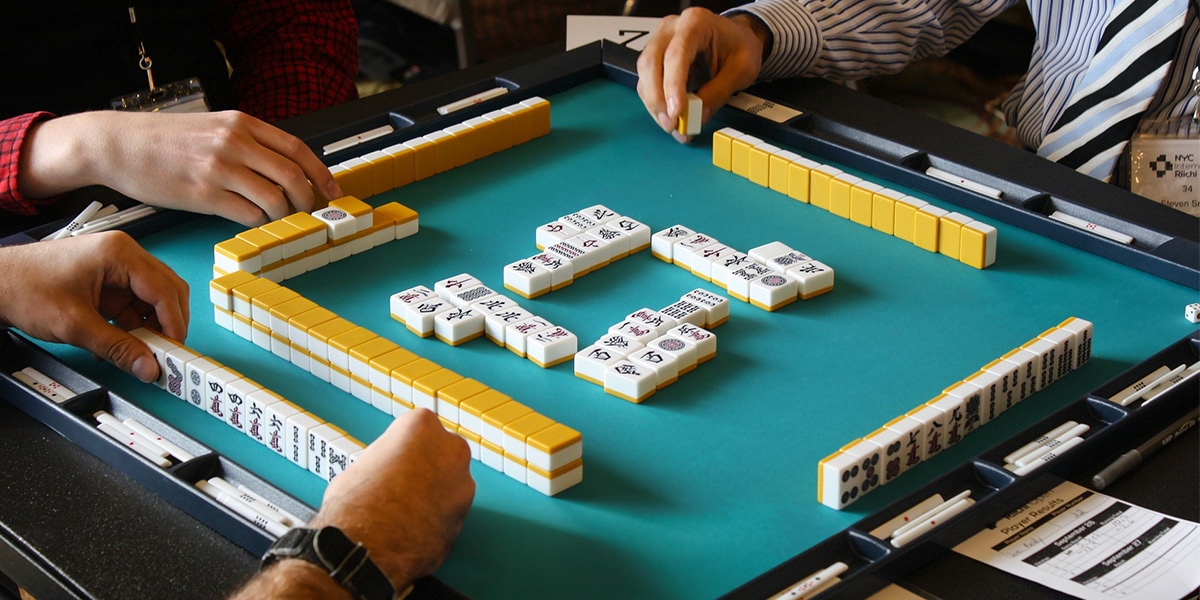
First introduced into the Western world in the late 19th century, the game of Mahjong was probably invented in the 1600s in China, during the time of the Qing dynasty. Unlike the ancient Mesopotamian and Egyptian games — whose basic principle was a race to the end of the board — the game of Mahjong involves more subtle levels of strategy and was played using a selection of tiles. The ancient Mahjong sets are very beautiful, with tiles made of bone, carved and painted with symbols representing the wind, Chinese dragons, floral designs, and seasons. There are a total of 144 tiles in a complete Mahjong set. As with many card games, the game of Mahjong is all about collecting sets by dropping and picking up tiles by turns. Mahjong game sets are still produced today and play is enjoyed all around the world.
Goose chase
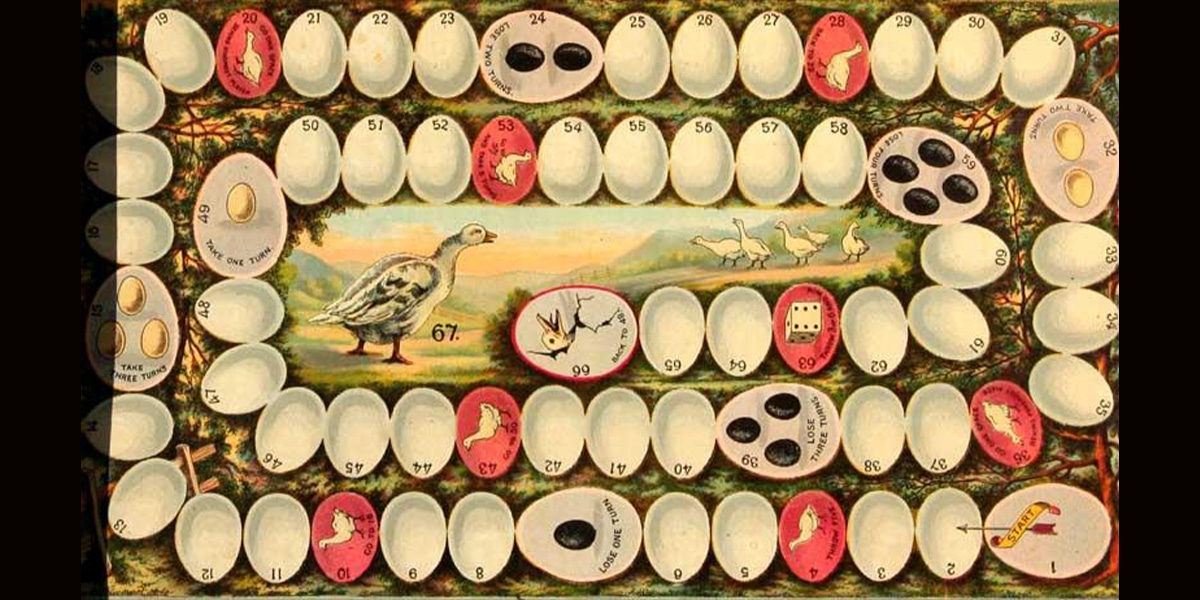
Also known as “The Game of the Goose“, goose chase dates back to at least the 1500s and probably earlier. An interesting fact about The Game of the Goose is that it’s among the very first board games ever to be produced at a commercial level. It is a game of pure chance in which the players compete to be the first to get their goose to the centre of the game board. Moves are determined by the role of a die. Interestingly, unlike its predecessors, Game of the Goose had special rules attached to individual squares. For example, landing on a certain square you may need to go back several spaces, forfeit your turn, or roll the die again. At the time this was a great innovation, even though to modern gamers these rules will seem commonplace.
Ancient origins and modern designs
These are just five examples of dozens from which we might have chosen. It seems from the archaeological evidence that people have enjoyed playing board games since earliest times. It’s little wonder that board games are still popular today all over the world.
Interestingly, when thinking about designing a modern game, you soon see that many of the game mechanics and win conditions which we take for granted originated many thousands of years ago. So it would seem that the fundamental parameters that define a board game were determined in the ancient world. But that doesn’t mean that modern game designers should feel constrained to follow tradition. One of the most exciting developments that we have seen in the last few decades is a revival in interest in off-line gaming, which has led to a renaissance in creative board game design with many exciting innovations coming into the market.
In many ways, there has never been a better time to be a board game designer or a board game developer. It’s a booming market, and while it may still be dominated by the mainstream game publishers, there is a growing community of independent creatives developing some of the most exciting board games that have ever existed; and which would have astonished our ancient ancestors by their creativity, artistry, and in some cases, complexity.
With the rise of contemporary offset printing technology, crowdfunding platforms like Kickstarter, and the possibilities for effective outreach provided by the Internet — and of which anyone may take advantage — the design, production, and distribution of profitable commercial board games developed by independent creatives is becoming the norm. Anyone with the enthusiasm and creativity to try has an equal opportunity to make a success of their own custom board game design.
Here at QinPrinting, we have over 25 years’ experience in the industry and more recently have developed a comprehensive board game printing and manufacturing service. We are excited by the forward progress of the board game industry and the creative prospects which its recent democratization has unleashed.
If you’re thinking of designing and developing your own custom board game, we have a lot of resources to help you. An entire section of this blog is dedicated to deep dives into every aspect of board game design and manufacture from getting ideas, to developing themes, game mechanics, game theories, digital design, printing, marketing, and distribution. A great place to start is with our collection of expert articles which effectively comprise a complete course in game design. If that interests you, start here.
Talk to us!
As soon as you’re ready to print and manufacture your own custom board game, talk to us. We have decades of experience in the industry. We’re a friendly bunch, too, with a genuine focus on customer care. Get in touch for an informal chat, to find out how we can help you, or to get a competitive and no-obligation quote for your project. We look forward to playing our part in your board game’s success!





